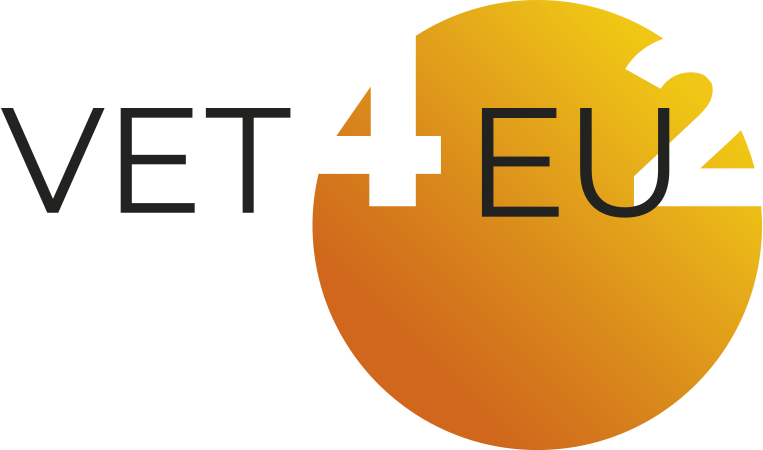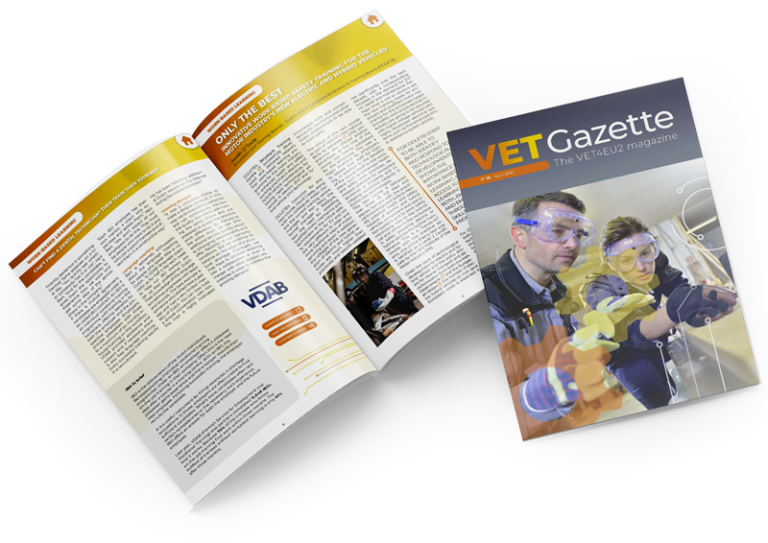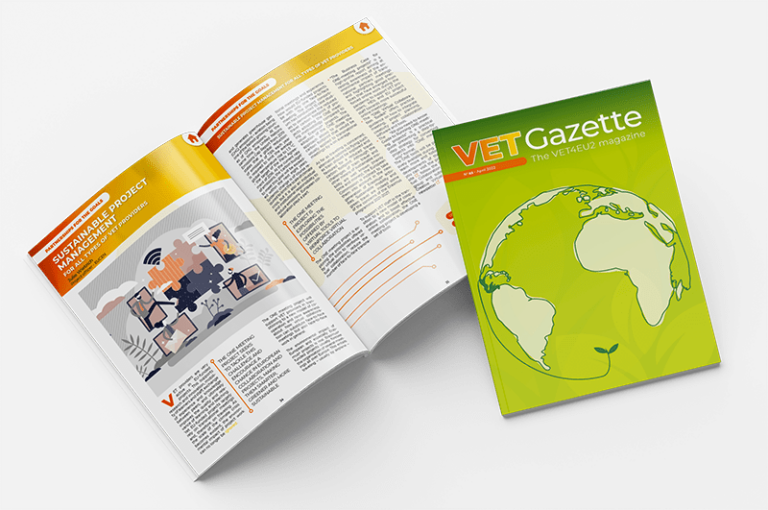SDG 13 Climate Action
SDG17 Partnerships for the goals
VET providers are very active in EU-funded projects. This supports research and innovation, mobility of learners and staff, exchange of experience and knowledge between peers, and ultimately improves the quality and relevance of learning and teaching. Yet EU-funded projects largely rely on transnational meetings and, therefore, on traveling. As the scale of the climate crisis becomes evident, the environmental impact of project work can no longer be ignored. The ONE meeting project seeks to tackle this challenge and encourage a change in European collaboration and projects, making them smarter, greener and more sustainable. The ONE meeting project will support VET providers in transitioning to a new model of cooperation and raise awareness about how virtual collaboration can substitute face-to-face meetings but also face-to-face work in general.
The environmental impact of European and especially Erasmus+ projects is real. Erasmus+ funded projects usually foresee the organisation of several meetings all over Europe. This entails traveling – usually by airplane – and generates greenhouse gas (GHG) emissions – aviation being one of the fastest growing sources of GHG emissions. At the same time, the United Nations Emissions Gap Report from 2019 states that a global reduction of emissions of 7.6% each year is required to limit the average global temperature rise to 1.5 °C — the target of the Paris Agreement of 2016. At the current rate of emissions, the ‘carbon budget’ to meet this goal will be exceeded within the next eight years. Systemic change is of course required to limit the scale of climate crisis, but it is also an individual and institutional responsibility to reduce emissions. European collaboration plays a part.
The ONE meeting project is exploring the possibilities offered by virtual tools to reinforce virtual collaboration, reduce the number of face-to-face transnational meetings and experience how would EU-funded projects be with only one face-to-face meeting. The project consortium has conducted 15 case studies to demonstrate the reduced travel carbon footprint of projects adopting the ONE meeting methodology compared to usual Erasmus+ projects. The adoption of the ONE meeting approach allows to divide the carbon footprint that would be usually applied to transnational meetings by 4 on average.
As far as traveling is concerned, alternative options to flying such as train should be explored and favoured for a reduced travel carbon footprint. Although the challenges of train travel and other means of sustainable mobility are well known (mainly time and money), the European Commission is inclined to take them into account in the new generation of Erasmus+ activities. Sustainable mobility and green travel are indeed some of the concerns of the Erasmus programme 2021-2027.
To support VET staff in the transition to a new model of cooperation and to boost effective online collaboration, the ONE meeting project is developing a set of tools:
- “The Business Case for ONE-meeting projects” is a high-profile report aiming at raising awareness of the environmental impact of transnational partners meetings and highlighting good practices that have emerged from forced online work during the pandemic to support VET providers, HEIs and EU project staff towards more successful online meetings.
- The “ONE Virtual Collaboration Toolkit” offers practical guidance on how to integrate meeting, project planning, creativity and collaboration software and tools.
- The “All-you-need-to-know Guide to Running ONE-meeting projects” is a practical guide presenting a step-by-step strategy for converting projects into “ONE meeting only” format.
The ONE tools will be progressively available during 2022. To learn more and follow future developments of the project, you can visit the project website, follow the Creative Virtual Collaboration LinkedIn group and subscribe to the Creative Virtual Collaboration newsletter.








Responses